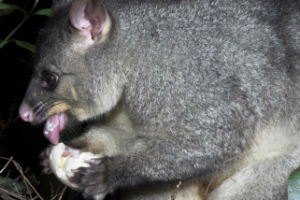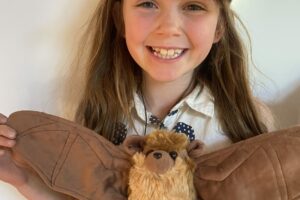The Great Kererū Count is nearly here! From the 16th- 25th of September, you can take part in New Zealand’s largest citizen science project by getting outside and counting kererū.
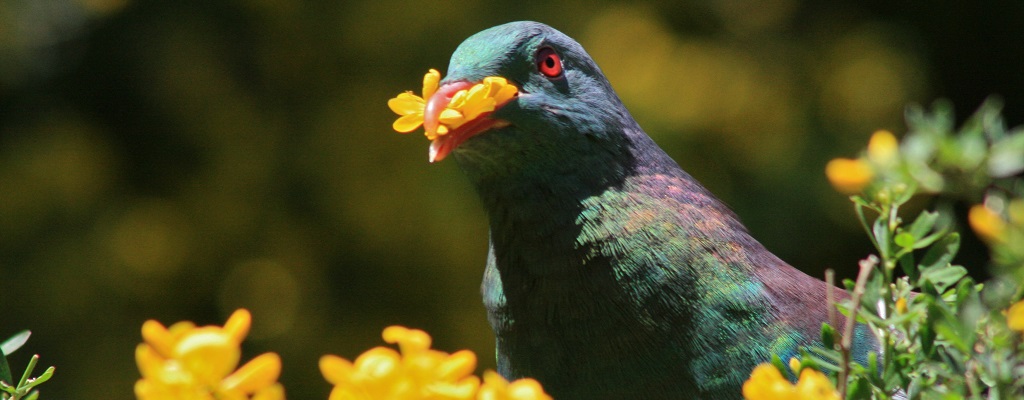
Photo by Steve Attwood
This will help scientists get a better understanding of kererū numbers and where they live. The more people who take part, the better information they get about how these awesome birds are doing. So get a group of friends together and count those kereru!
In the meantime, read more about kererū then do our quiz to find out how much you know about kereru!

Photo by Craig McKenzie
What’s in a name?
Kererū have lots of different names! Their Māori name is kererū, but some iwi in Northland call them kukupa and kuku.
Their scientific name is Hemiphaga novaeseelandiae. If you look up the latin meaning of “hemiphaga” it actually means half (“hemi”) eater (“phaga”). Do you have any ideas what that might mean?
What do kererū look like?
Kererū are big birds, in fact they are one of the largest pigeons in the world. They weigh about 650g and are about 50 cm long. The feathers on their back and head are green, but can look purple in the sunlight. They have white feathers on their chests.
Why are kererū important?
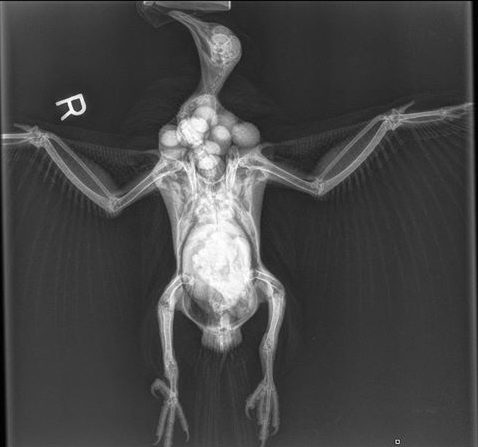
This x-ray of a kererū by the Avian Wildlife Rehabilitation Trust shows how many big berries it can fit in its crop!
Kererū spread the seeds of over 70 native forest plants, including kahikatea, rimu and nikau.
Now that birds like the huia and piopio are extinct, the kererū is the only native bird large enough to eat the big fruit of some of our important native forest trees like tawa, karaka, taraire, miro and puriri.
They also fly long distances – so are great at distributing seeds throughout the forest. After eating the fruits, the birds fly away and poo the seed somewhere else in the forest, along with some nutritious fertiliser!
If there were no kererū, there would be no bird to spread these seeds in the forest which would be a disaster for our native trees!
Where do kererū live?
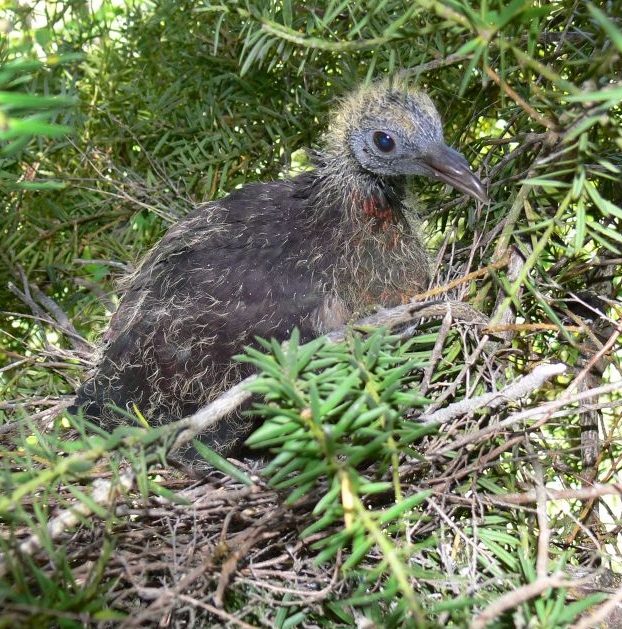
A kererū chick on the nest (Photo by Abel Tasman Backpackers)
Kererū are only found in New Zealand, which means they are endemic. You can spot them in forests, parks, reserves and gardens all over New Zealand, but they are most common in the forests of Northland, the King Country, Nelson and the West Coast.
Before humans and predators came to New Zealand there would have been flocks of hundreds of kererū in forests all over the country.
Adults make a nest – an untidy platform of sticks in a fork of a tree or in a tangle amongst some vines. They lay just one egg in the nest, which the male and female take turns to keep warm for a month before it hatches.
What do kererū sound like?
Kererū don’t sing like a lot of our native birds, instead they make a soft “coo” sound. You are more likely to notice a kererū when it’s flying because of the loud “whooshing“ noise their wings make.
They are clumsy at landing so if you hear a bird crash-landing in a tree, it’s probably a kererū! Listen to them cooing and crashing about the forest here.
What are the threats to kererū?
Predation
The biggest threat to kererū are introduced predators. Many kererū eggs and chicks never grow into adults because they are eaten by rats, stoats, possums and cats. In some places over half the eggs and chicks get eaten. Stoats and cats also eat adult kererū. All this means that there aren’t as many kererū in our forests, parks and gardens as there used to be.

A possum scavenges an abandoned kererū nest (Photo by Nga Manu Images)
Habitat loss
Kererū live mainly in forest. Before humans arrived in New Zealand 85 percent of New Zealand was covered in forests. Humans burned and chopped down large areas of forests to make farms, towns and cities and to use the wood for building and exporting. Now only 23 percent of New Zealand is covered in forest. That means there is less food for kererū, and less places for them to nest and live.
Competition
Possums and rat don’t only eat chicks and eggs they also eat the fruit and leaves kererū like to eat. Without enough food kererū don’t breed, and adult birds may starve.
Illegal hunting
Kererū were traditionally hunted by Māori for its meat and feathers. They were easy to spear or trap, especially after they had a big feed. Kererū were also popular birds with European hunters in the 1800’s. Eventually hunting kererū was banned in 1921 to help save them. Unfortunately people still sometimes hunt kererū illegally, which could cause them to disappear from some parts of New Zealand.
Other threats
Reflections of trees in windows can confuse kererū into thinking it’s just more forest, so they try to fly through it which can injure them. They are also often injured or killed by cars as they swoop low over roads.
How can I help kererū?
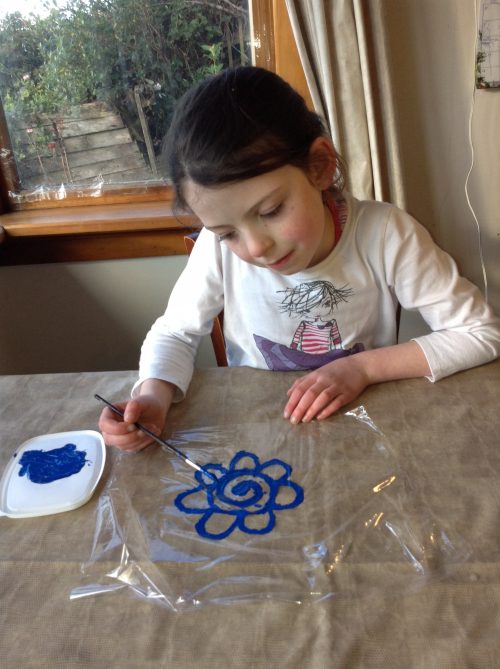 Make a Kererū Protector for your windows to let them know it’s not forest!
Make a Kererū Protector for your windows to let them know it’s not forest!
Join a local conservation group to help trap pests or plant kererū habitat. Try your local Kiwi Conservation Club branch or Forest & Bird branch.
Encourage the adults you live with to set up a trap to catch possums, rats and stoats in your garden.
Plant kererū food trees in your garden like tawa, kowhai, puriri and hinau. Make sure they aren’t too close to windows or the kererū might crash into them after they eat.
If you find a sick or injured kererū, get it to your nearest rescue centre as soon as possible or call the Department of Conservation on 0800 DOCHOT. To catch a kererū throw a towel over it, scoop it up (gently holding its wings to its sides so they don’t get damaged) and put both bird and towel in a box. The darkness of the box and the warmth of the towel helps the bird if it’s stressed.

